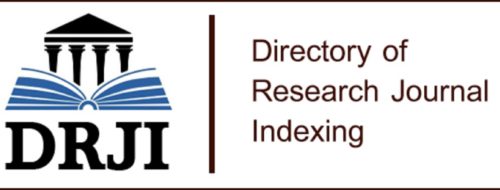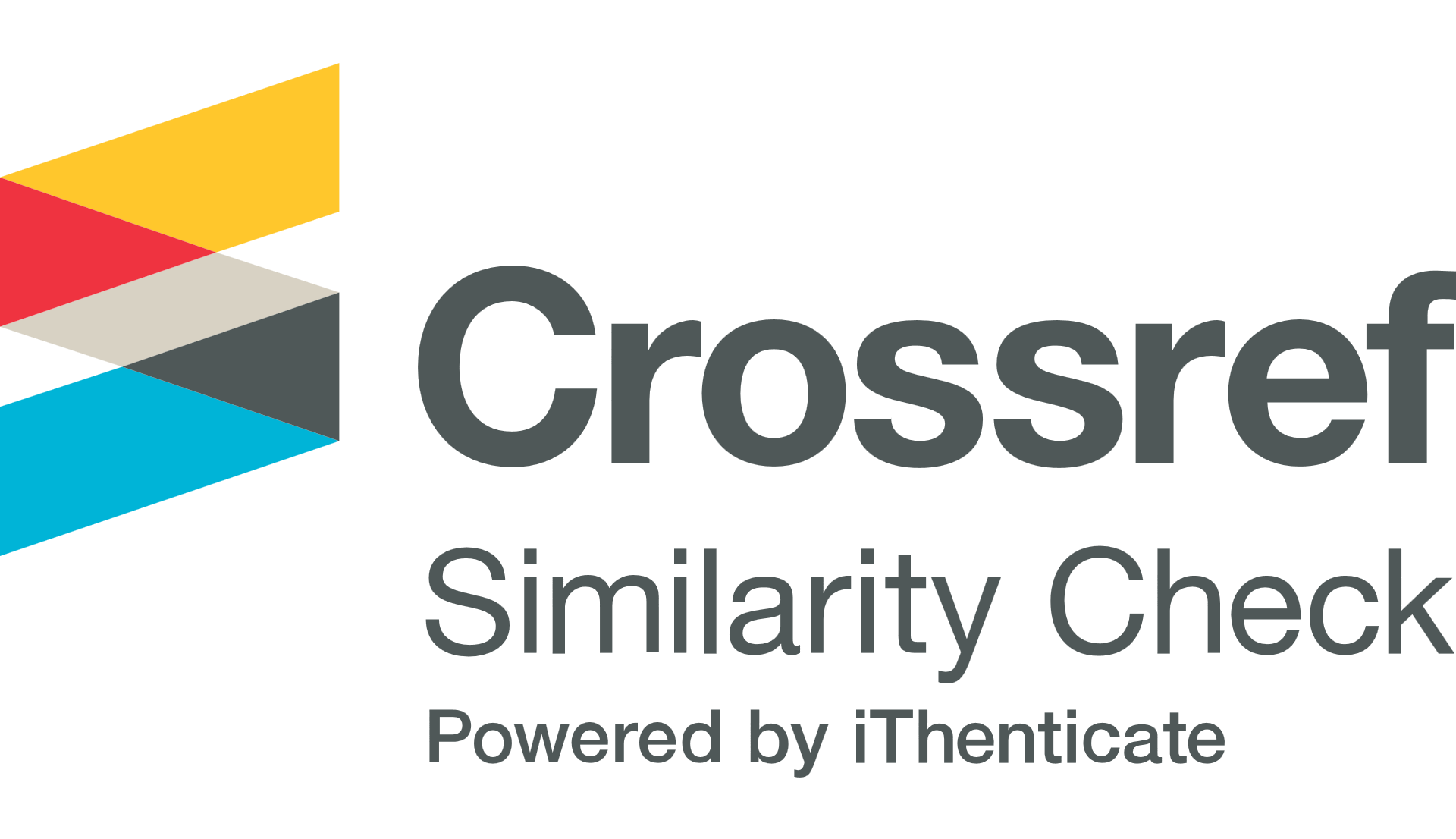RELEASE STRATEGIES OF Diglyphus isaea Walker AND Coenosia attenuata Stein IN THE CONTROL OF THE BLOOD MINER (Liriomyza huidobrensis Blanchard), IMBABURA-ECUADOR
Keywords:
parasitoids, predators, biological control, vacuum machine, meshAbstract
DOI: https://doi.org/10.46296/ig.v7i14edespdic.0253
Liriomyza huidobrensis B. is an economically important pest in vegetable and ornamental crops, which has developed resistance due to the indiscriminate use of pesticides for its control. However, research has shown that various parasitoids and predators contribute to reducing the population of this species. The objective of this research focuses on searching for strategies to release natural enemies. Using a completely randomized design, entomological boxes were located with PVC cylinders covered with meshes of varying hole sizes (1, 0.96, and 0.65 mm²). Insect populations were collected using a vacuum machine from a crop of Gypsophila paniculata L. Insect sample were placed in PVC cylinders within each box. After 48 hours, the number of individuals of Diglyphus isaea, Coenosia attenuata, and Liriomyza huidobrensis was counted in each chamber. The results showed that 96% of the leafminers, 3% of D. isaea, and less than 1% of C. attenuata exhibited a difference in the release of parasitoids through various types of mesh. In the study, 90% of the D. isaea population was released using the 1 mm² and 0.96 mm² mesh, while 94% was released with the 0.65 mm² mesh. In contrast, between 58% and 75% of Liriomyza remained trapped in the PVC cylinder. This research suggests that using a vacuum machine to control leaf miners can be an effective strategy for biological control. However, it is important to consider the appropriate mesh sizes and the optimal timing for the release of natural enemies.
Keywords: parasitoids, predators, biological control, vacuum machine, mesh.
References
Abdou, E.A., Refaei, E.A. & Taha, R.A. (2019). Evaluation of insect pests infesting Phaseolus vulgaris and their natural enemies in Beheira Governorate. Egyptian Journal of Plant Protection Research Institute, 2(3), 514-525
Awadalla, S.S., Hala, A., Sanaa, K., Samar, F. (2018). Field Studies on the Pea Leaf Miner Liriomyza huidobrensis (Blanchard) and its Associated Ectoparasitoid Diglyphus isaea (Walker). Journal of Plant Protection and Pathology, 9(6), 357-361.
Bautista-Martínez, N.; Illescas-Riquelme, C.P.; de Jesus García-Ávila, C. (2017). First report of “hunter-fly” Coenosia attenuata (Diptera: Muscidae) in Mexico. Florida Entomologist, 100, 174–175.
Burgio, G., Lanzoni, A., Navone, P., Achterberg, K.V., & Masetti, A. (2007). Parasitic Hymenoptera Fauna on Agromyzidae (Diptera) Colonizing Weeds in Ecological Compensation Areas in Northern Italian Agroecosystems. Journal of Economic Entomology, 100(2), 298-306
CABI. (2021). Liriomyza huidobrensis (serpentine leafminer). CABI Compendium.
Chabi-Olaye, A., N. M. Mwikya, and K. K. M. Fiaboe. 2013. Acceptability and suitability of three Liriomyza species as host for the endoparasitoid Phaedrotoma scabriventris: Implication for biological control of leafminers in the vegetable production system of Kenya. Biological Control, 65, 1–5.
Chow A, Heinz KM. 2005. Manipulation of sex ratios in mass rearing of Diglyphus isaea (Walker), an ectoparasitoid of agromyzid leafminers. Bulletin of International Organization for Biological Control of Noxious Animals and Plants, 28(1), 63–6.
Couri, M.S.; Salas, C. (2010). First record of Coenosia attenuata Stein (Diptera, Muscidae) from Chile, with biological notes. Revista Brasileira de Entomologia, 54, 144–145.
Couri, M.S.; Sousa, V.R.; Lima, R.M.; Dias-Pini, N.S. (2018). The predator Coenosia attenuata Stein (Diptera, Muscidae) on cultivated plants from Brazil. Anais da Academia Brasileira de Ciencias, 90, 179–183.
Dietrick, EJ; Schlinger, EI; van den Bosh, R. (1959). A new method for sampling arthropods using a suction collecting machine and modified berlese tunnel separator. Journal of Economic Entomology, 52(6), 085-1091.
European and Mediterranean Plant Protection Organization (EPPO). (2013). PQR database. European and Mediterranean Plant Protection Organization, Paris, France. https://www.eppo.int/QUARANTINE/listA2.htm.
Foba, C. N., D. Salifu, Z. O. Lagat, L. M. Gitonga, K. S. Akutse, and K. K. M. Fiaboe. 2015. Species composition, distribution, and seasonalabundance of Liriomyza leafminers (Diptera: Agromyzidae) under different vegetable production systems and agroecological zones in Kenya. Environmental Entomology, 44, 223–232.
Giambiasi, M.; Rodríguez, A.; Arruabarrena, A.; Buenahora, J. First report of Coenosia attenuata (Stein, 1903) (Diptera, Muscidae) in Uruguay, confirmed by DNA barcode sequences. Check List 2020, 16, 749–752.
Gonzalez-Bellido PT,Wardill TJ & JuusolaM. (2011). Compound eyes and retinal information processing in miniature dipteran species match their specific ecological demands. Proceedings of the National Academy of Sciences of the USA, 108, 4224–4229.
Guedes, R., Roditakis, E., Campos, M., et al. (2019) Insecticide resistance in the tomato pinworm Tuta absoluta: patterns, spread, mechanisms, management and outlook. Journal of Pest Science, 92(4), 1329–1342.
Harvey, J. A., E. H. Poelman, and T. Tanaka. (2013). Intrinsic inter- and intraspecific competition in parasitoid wasps. Annual Review of Entomology, 58, 333–351.
Hernández-Ramírez, J. (eds.) Monge, M.P.; Casasola, L.E.; Solano, N.B.; Umaña, F.M. (2008). Presencia de la ‘mosca tigre’en Costa Rica. Actualidad Fitosanitaria, 33, 1–4.
Hoebeke, E.R.; Sensenbach, E.J.; Sanderson, J.P.; Wraight, S.P. (2003). First report of Coenosia attenuata Stein (Diptera: Muscidae), an Old World hunter fly in North America. Proceedings of the Entomological Society of Washington, 105, 769–769.
Huerta, R.A., Lomeli, J.R., Trujillo, J.& Hernández, A. 2003. Combate de Liriomyza spp. En crisantemo mediante el uso de una aspiradora. Manejo Integrado de Plagas y Agroecología, 68, 41-45
Liu, T.X., Kang, L., Heinz, K.M. & Trumble, J. 2009. Biological control of Liriomyza leafminers: progress and perspective. Nutrition and Natural Resources, 4(004), 1-16
Martins J, Domingos C, Nunes R, Marcelino J, Garcia A et al. (2014) Circadian rhythm of adult emergence in the tigerfly Coenosia attenuata (Diptera: Muscidae). Ecología, 7, 77–82.
Martinez-Sanchez, A.; Marcos-Garcia, M.A.; Pont, A.C. (2002). Coenosia attenuata Stein, 1903 (Diptera, Muscidae) nueva especie para la fauna neotropical. Bollettino di Zoologia Agraria e di Bachicoltura, 34, 269–272.
Minkenberg O.P.J.M., van Lenteren J.C. (1986). The leafminers Liriomyza bryoniae and L. trifolii (Diptera: Agromyzidae), their parasites and host plants: a review. Agriculture University of Wageningen Papers, 86(2), 1–50.
Muchemi, S.K., Zebitz, C.P.W., Borgemeister, C., Akutse, K.S., Foba, C.N., Ekesi, S., Fiaboe, K.K.M. (2018). Interaction Between Chrysocharis flacilla and Diglyphus isaea (Hymenoptera: Eulophidae), Two Parasitoids of Liriomyza Leafminers, Journal of Economic Entomology, 111 (2), 556–563
Mujica, N., and J. Kroschel. (2011). Leafminer fly (Diptera: Agromyzidae) occurrence, distribution, and parasitoid associations in field and vegetable crops along the Peruvian coast. Environmental Entomology, 40, 217–230.
Mulholland, S., Gopurenko, D., Mirrington, R., Löcker, B., Gillespie, P., Rossiter, L. & Anderson, C. (2022) First report of the serpentine leafminer Liriomyza huidobrensis (Blanchard) (Diptera: Agromyzidae) and its impacts in Australia. Austral Entomology, 61(3), 350–357.
Musundire, R., Chabi-Olaye, A., Salifu, D. & Krüger, K. 2012. Host Plant-Related Parasitism and Host Feeding Activities of Diglyphus isaea (Hymenoptera: Eulophidae) on Liriomyza huidobrensis, Liriomyza sativae, and Liriomyza trifolii (Diptera: Agromyzidae). Journal of Economic Entomology, 105(1), 161-168
Nguyen, D.T. 2024. Insecticide resistance in Australian populations of the serpentine leaf miner Liriomyza huidobrensis (Blanchard) (Diptera: Agromyzidae). Austral Entomolgy, 63(4), 485-491
Nowak, E.M., Theimer, T.C. & Schuett, G.W. 2008. Functional and Numerical Responses of Predators: Where Do Vipers Fit in the Traditional Paradigms? Biological Reviews, 83, 601-620
Orozco, J. DNA barcoding reveals the first record of Coenosia attenuata Stein (Diptera: Muscidae) in Honduras. CEIBA 2018, 55, 70–72.
Parrella MP. (1987). Biology of Liriomyza. Annual Review of Entomology, 32, 201–24.
Pérez, M.M. (2006). Estudio de la morfología externa de los adultos de la mosca cazadora Coenosia attenuata Stein, 1903 (Diptera: Muscidae), y primer reporte para Colombia. Revista Facultad de Ciencias Básicas, 2, 68–87.
Prieto R, Figueiredo E, Miranda C & Mexia A. (2005). Coenosia attenuata Stein (Diptera: Muscidae): prospeccao e actividadeem culturas protegidas em Portugal. Boletin de Sanidad Vegetal, Plagas 31: 39–45.
Pohl, D.; Kühne, S.; Karaca, İ.; Moll, E. (2012). Review of Coenosia attenuata Stein and its first record as a predator of important greenhouse pests in Turkey. Phytoparasitica, 40, 63–68.
Reitz, S.R., Gao, Y. & Lei, Z. (2013). Insecticide use and the ecology of invasive Liriomyza leafminer management. In: Insecticides—development of safer and more effective technologies, pp. 235–255.
Sensenbach, E.J.; Wraight, S.P.; Sanderson, J.P. (2005). Biology and predatory feeding behavior of larvae of the hunter fly Coenosia attenuata. IOBC/WPRS B. 28, 229–232.
Si, Y.K., Hee, G.A., Pan, J.H., un, T.L., Joon-Ho, L. (2018). Toxicities of 26 pesticides against 10 biological control species. Journal of Asia-Pacific Entomology, 21: 1-8
Solano-Rojas, Y.; Pont, A.; De Freitas, J.; Moros, G.; Goyo, Y. (2017). First record of Coenosia attenuata Stein, 1903 (Diptera: Muscidae) in Venezuela. In Anales de Biología; Servicio de Publicaciones de la Universidad de Murcia. Murcia, Spain, pp. 223–226.
Spencer, K.A. (1973). Agromyzidae (Diptera) of economic importance, Springer Science & Business Media
Tellez, M.D.M.; Tapia, G.; Gamez, M.; Cabello, T.; van Emden, H.F. (2009). Predation of Bradysia sp. (Diptera: Sciaridae), Liriomyza trifolii (Diptera: Agromyzidae) and Bemisia tabaci (Hemiptera: Aleyrodidae) by Coenosia attenuata (Diptera: Muscidae) in greenhouse crops. European Journal of Entomology, 106, 199–204.
Tian, S. P., J. H. Zhang, Y.H. Yan, and C. Z. Wang. 2008. Interspecific competition between the ichneumonid Campoletis chlorideae and the braconid Microplitis mediator in their host Helicoverpa armigera. Entomologia Experimentalis et Applicata, 127, 10–19.
van der Linden A. (2004). Biological control of leafminers on vegetable crops. In: Heinz KM, van Driesche RG, ParrellaMP, editors. Biocontrol in Protected Culture. B Ball Publishing, Batavia, IL. p. 235–51
Vega P.B. 2003. Dípteros de interés agronómico. Agromıcidos plaga de cultivos hortícolas intensivos. ARACNET 11 – Boletín Sociedad Entomológica Aragonesa, 33, 293–307.
Wardill T.J., Gonzalez-Bellido P.T., Tapia G., Peng H. & Olberg R.M. (2013). The miniature dipteran killer fly Coenosia attenuate exhibits adaptable aerial prey capture strategies. Frontiers in Physiology Conference Abstract: International Conference on Invertebrate Vision.
Weintraub, P.G., Scheffer, S.J., Visser, D., Valladares, G., Soares Correa, A., Shepard, B.M., et al. (2017). The invasive Liriomyza huidobrensis (Diptera: Agromyzidae): understanding its pest status and management globally. Journal of Insect Science, 17(1), 28
Zou, D.; Coudron, T.A.; Zhang, L.; Xu, W.; Xu, J.; Wang, M.; Xiao, X.; Wu, H. (2021). Effect of prey species and prey densities on the performance of adult Coenosia attenuata. Insects, 12, 669.
Published
How to Cite
Issue
Section
License
Copyright (c) 2024 Scientific Journal INGENIAR: Engineering, Technology and Research

This work is licensed under a Creative Commons Attribution-NonCommercial-ShareAlike 4.0 International License.

















